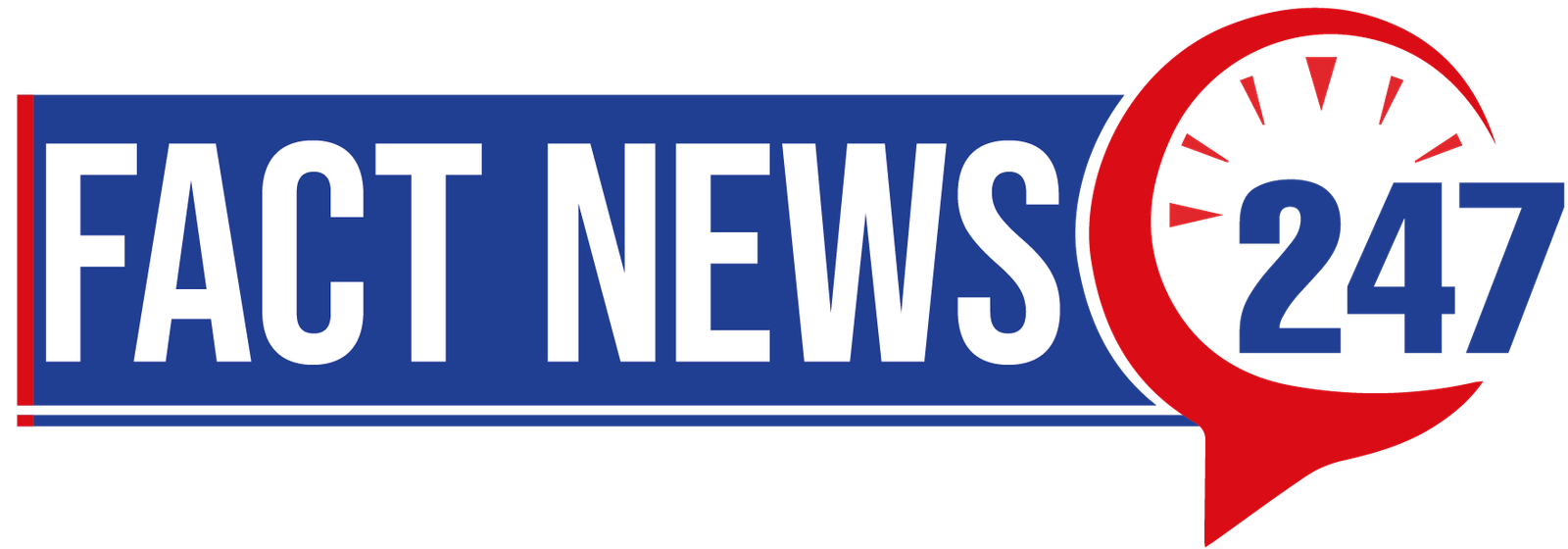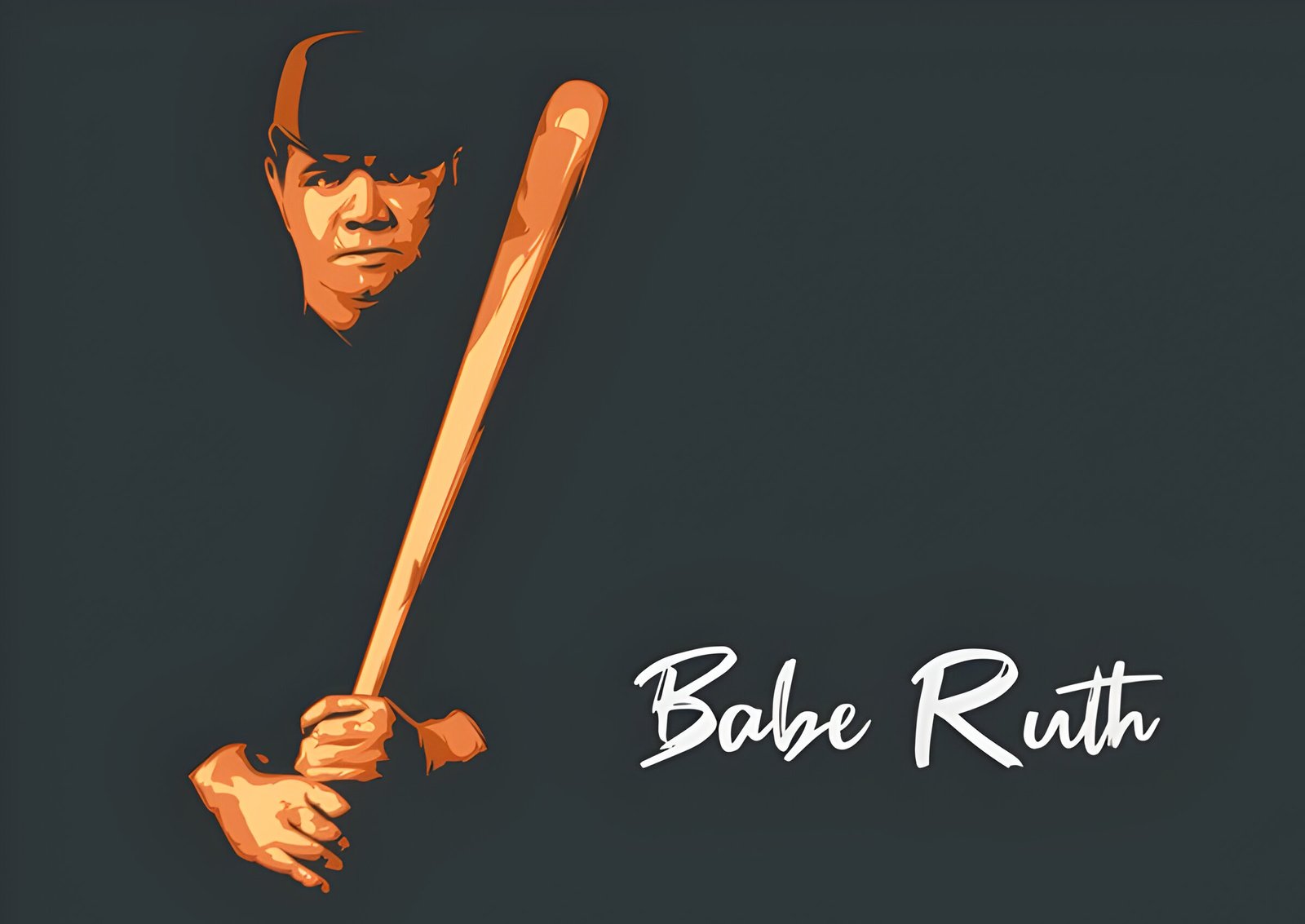Image Credit : Shutterstock
Babe Ruth, the legendary baseball player, left an indelible mark on the sport and American culture. His larger-than-life persona and incredible achievements on the field made him a household name. However, the circumstances surrounding his death have long been a subject of interest and speculation among fans and historians alike.
The story of how Babe Ruth died is a complex one, involving misdiagnoses, experimental treatments, and a battle with cancer. This article delves into the details of Ruth’s final years, from his initial health concerns to his time at Memorial Hospital in New York City. We’ll explore the true nature of his illness, the groundbreaking therapy he underwent, and the events leading up to his passing at Yankee Stadium. By examining these aspects, we aim to shed light on the last chapter of this baseball icon’s life.
Babe Ruth’s Initial Diagnosis
how did babe ruth die: Early Symptoms
In the fall of 1946, Babe Ruth, the legendary baseball player, began experiencing troubling health issues. His voice became increasingly hoarse, and he suffered from excruciating pain behind his left eye. These symptoms marked the beginning of a complex medical journey for the home run king.
how did babe ruth die: Hospital Admission
As Ruth’s condition worsened, he was admitted to French Hospital in New York City in November 1946. His symptoms had escalated significantly by this point. The left side of his face had swollen considerably, and his left eye had completely shut. Ruth’s ability to speak and swallow had also become severely impaired, leading to significant discomfort and difficulty in daily activities.
how did babe ruth die: Misdiagnosis
The initial diagnosis and treatment of Ruth’s condition proved to be a series of missteps. Doctors initially suspected sinusitis and explored potential dental problems. This led to the extraction of three of Ruth’s teeth, a procedure that failed to alleviate his symptoms. As his condition continued to deteriorate, medical professionals considered various possibilities:
- Dental issues: The initial assumption that led to unnecessary tooth extractions.
- Sinusitis: Treated with antibiotics, which provided minimal relief.
- Laryngeal carcinoma: Suspected due to Ruth’s history of heavy alcohol and tobacco consumption.
An x-ray eventually revealed a large tumor at the base of Ruth’s skull. Based on this finding, doctors prescribed an intensive round of radiation therapy. However, this treatment did little to stem the malignancy or alleviate Ruth’s painful symptoms.
The true nature of Ruth’s illness remained elusive during these early stages. The symptoms he experienced, including problems with one eye, hoarseness, and difficulty swallowing, are now recognized as potential indicators of nasopharyngeal carcinoma (NPC). This rare genetic cancer is often misdiagnosed due to its location and the nature of its symptoms. The challenges in accurately identifying Ruth’s condition highlight the complexities involved in diagnosing NPC, even in modern medical practice.
The True Nature of Ruth’s Illness
how did babe ruth die: Nasopharyngeal Carcinoma (NPC)
Contrary to the long-held belief that Babe Ruth died of throat cancer, extensive research has revealed that he succumbed to nasopharyngeal carcinoma (NPC). This rare genetic cancer originates in the back of the throat, specifically on top of the pharynx, usually in the lateral wall of the nasopharynx. NPC is an anaplastic epidermoid carcinoma, which was uncommon in the 1940s but familiar to head-and-neck surgeons of the time.
how did babe ruth die: Challenges in Diagnosing NPC
The diagnosis of NPC presents significant challenges, even in modern medical practice. In Ruth’s case, the initial misdiagnosis led to a series of ineffective treatments. Doctors first suspected dental issues, resulting in unnecessary tooth extractions. They then considered sinusitis, treating him with antibiotics. When these efforts yielded minimal relief, they assumed laryngeal carcinoma due to Ruth’s history of heavy alcohol and tobacco consumption.
These misdiagnoses are common with NPC, as the disease is difficult to identify. The tumor’s location and the nature of its symptoms often lead to confusion with other conditions. In the 1940s, about half of all patients presented with metastatic disease, further complicating diagnosis and treatment.
Common Symptoms of NPC
The symptoms of NPC can be subtle and easily mistaken for other conditions. In Ruth’s case, his symptoms included:
- Intense left retro-orbital pain
- Swelling on the left side of his face
- Complete closure of his left eye
- Severe pain in the left head and neck
- Difficulty swallowing (dysphagia)
- Significant hoarseness
Other common symptoms of NPC include:
- Problems with one eye
- Loss of hearing in one ear
- Nose bleeds
- Cranial nerve symptoms (in up to 50% of patients)
- Palpable lymph nodes in the neck (in nearly 70% of patients)
It’s important to note that by the time these symptoms become apparent, the disease is often at an advanced stage. This underscores the importance of early detection and proper diagnosis for effective treatment.
Ruth’s Experimental Treatment
how did babe ruth die: Teropterin Therapy
In the summer of 1947, Babe Ruth was offered a groundbreaking experimental treatment for his cancer. Dr. Richard Lewisohn and his team at Mount Sinai Hospital in New York City had been experimenting with teropterin, an anti-cancer drug extracted from brewer’s yeast. This folic acid antagonist had shown promise in animal studies but had never been tested on humans.
Dr. Lewisohn, against the objections of his colleague Dr. Laszlo, decided to administer teropterin to Ruth. The decision was controversial, as the drug had not undergone proper clinical trials. Ruth, aware of the experimental nature of the treatment, gave verbal consent to receive the drug, stating, “They left it up to me. It was not an easy decision.”
Impact on Ruth’s Health
The initial results of the teropterin treatment were remarkable. Ruth began daily injections on June 29, 1947, and within six weeks, he showed significant improvement. He regained some of the weight he had lost, reported less pain, and was finally able to swallow solid food. His medical examination on August 14 revealed that the mass in his neck had disappeared completely, his pain had practically gone, and he had gained twelve pounds.
This improvement allowed Ruth to make a memorable appearance at Yankee Stadium. On June 13, 1948, an emaciated Ruth felt well enough to don his old Yankee pinstripes and play a starring role at the 25th anniversary celebration of the stadium’s opening. He retired his No. 3 jersey and permanently sealed his No. 3 locker, receiving a standing ovation from the crowd while leaning on his bat for support.
Ruth’s Contribution to Cancer Research
Ruth’s treatment with teropterin marked a significant milestone in cancer research. He became the first human to receive this experimental drug, paving the way for future developments in chemotherapy. A New York Times article highlighted Ruth’s role, stating, “His improvement gave the medical profession the world over hope that cancer could be combatted successfully by the simple administration of a drug.”
However, the effects of the treatment were short-lived. Ruth spent the next few months in and out of the hospital. He passed away on August 16, 1948, with his autopsy revealing metastatic cancer originating from the nose and throat. Despite the ultimate outcome, Ruth’s case contributed valuable insights to the field of cancer treatment and helped advance the development of chemotherapy.
Conclusion
Babe Ruth’s battle with cancer sheds light on the challenges of diagnosing and treating rare diseases. His journey from misdiagnosis to experimental treatment has had an impact on the field of cancer research, paving the way for advancements in chemotherapy. The Sultan of Swat’s willingness to try an untested drug highlights his bravery both on and off the field, contributing to medical progress even in his final days.
Ruth’s story serves as a reminder of the complexities involved in medical diagnoses and the importance of ongoing research to improve patient care. His legacy extends beyond his incredible baseball achievements, encompassing his role in early cancer treatment experiments. The Bambino’s final chapter, marked by both hope and struggle, continues to inspire and inform discussions about cancer diagnosis, treatment, and the human spirit in the face of adversity.
FAQs
What were the final words of Babe Ruth?
In the moments before his passing, Babe Ruth was surrounded by over 150 children on a Manhattan street and received a blessing from Father Thomas Kaufman of the Roman Catholic Church. Father Kaufman noted that Ruth continued to say his prayers until the end.
What issues did Babe Ruth face in his early life?
Babe Ruth’s early life was marked by a lack of parental guidance, leading him to engage in troublesome behavior. Growing up in Baltimore, he often found himself in the company of the wrong crowd, engaging in activities such as stealing, chewing tobacco, and skipping school.
Did Babe Ruth suffer from venereal disease?
Contrary to some beliefs, Babe Ruth did not suffer from venereal disease. Instead, he underwent surgery to treat an abscess, which left a scar and required weeks of recovery.
When did Babe Ruth pass away and at what age?
Babe Ruth died on August 16, 1948, at the age of 53. His death came shortly after a ceremony at Yankee Stadium where his number 3 jersey was retired, marking the end of an iconic er
























+ There are no comments
Add yours